Some people so surprise me by their brash behavior. Yesterday, I walked over to Frock You!, looking for a vintage leather mini-backpack. My daughter asked for one as present celebrating her 23rd birthday next week. […]
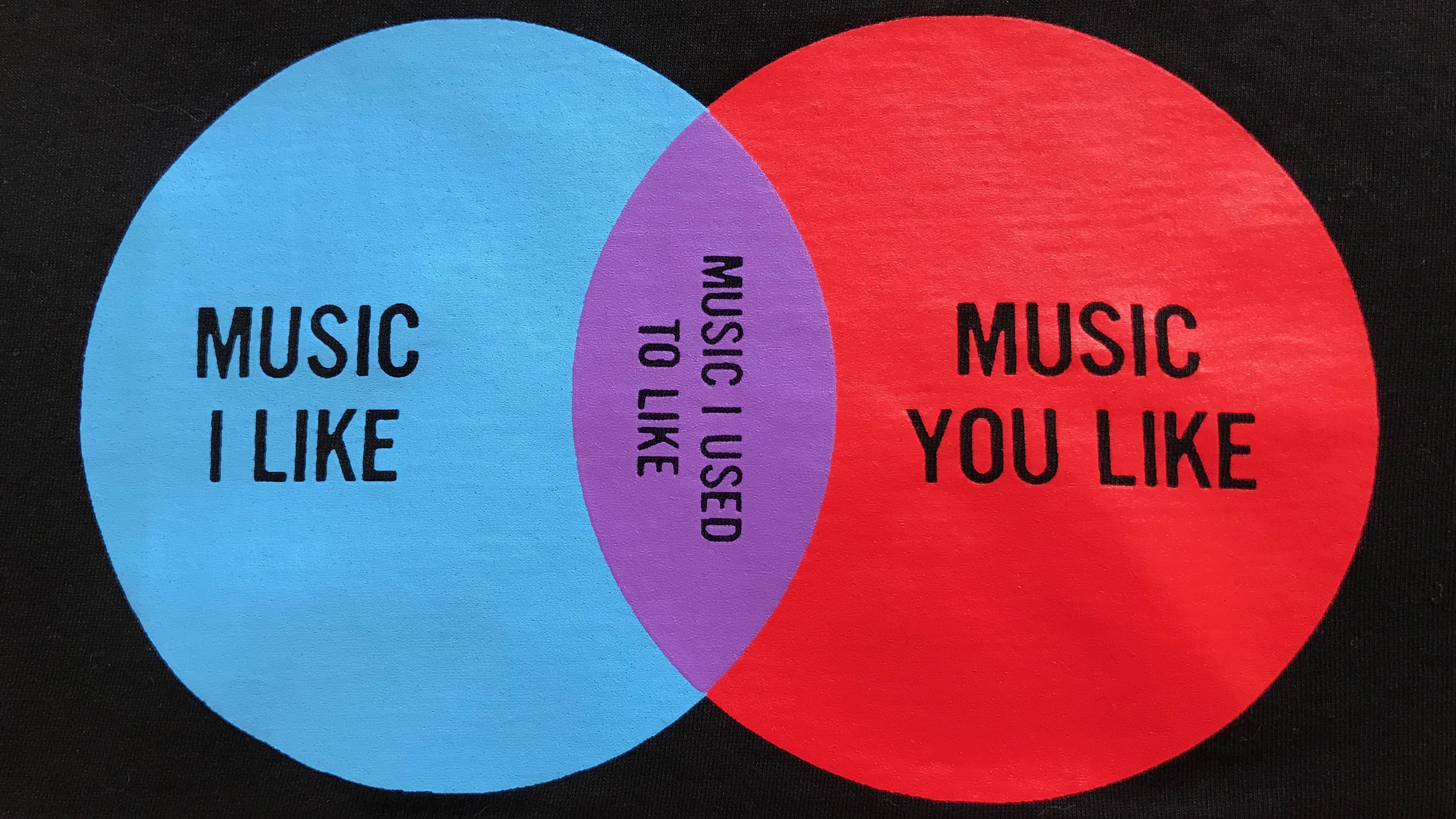

Some people so surprise me by their brash behavior. Yesterday, I walked over to Frock You!, looking for a vintage leather mini-backpack. My daughter asked for one as present celebrating her 23rd birthday next week. […]
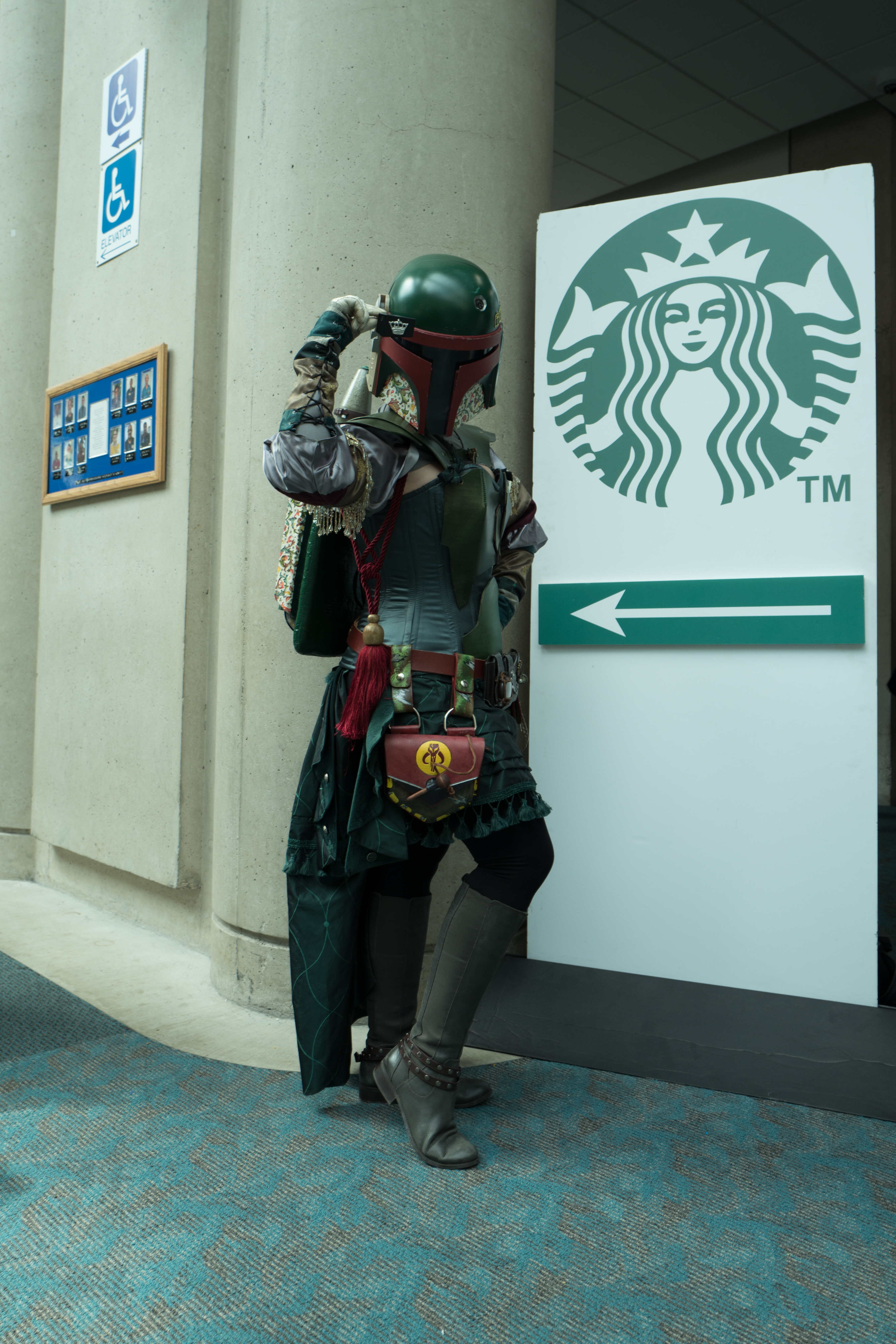
The greatest geekfest and pop-culture event on the planet wrapped up this afternoon in San Diego, as the original Comic-Con closed its doors on the Convention Center. Imitator shows are everywhere this Century, but none commands character and class like the original. The first, full, three-day event took place from Aug. 1-3, 1970, at the U.S. Grand Hotel, with about 300 attendees and sci-fi luminaries, including Ray Bradbury and A.E. van Vogt. This week, 140,000 people attended, but the number doesn’t include the tens of thousands descending on the Gaslamp Quarter and other areas of the city. SDCC is too big to be contained by the formality of a single glass-and-steel structure or the fire marshal’s mandates.
I had given up on participating until unexpected opportunity occurred yesterday morning to purchase a legitimate Day 4 badge with my name—not one assigned to someone else and sold for exorbitant price, despite firm policy against such scalping. I picked up the badge in the afternoon, spending several hours afterwards in the Quarter.
Like yesterday, I captured moments using Leica Q, but far fewer than my typical day. Those that follow aren’t all, or necessarily the best, but they tell a story about shooting them.

I won’t explain how, but today I snagged a legit San Diego Comic-Con 2017 badge for tomorrow. Better one than none. From 2009 through 2016, I had passes to attend all four days but failed to get in the buying queue during Early and Open registrations—in March and April, respectively—nor later get consideration as working journalist. I picked up my last-day badge at the Convention Center around 4:30 p.m. PDT, then moseyed around the Gaslamp Quarter, which is livelier with off-site activities and vendors than I recall from other years.

I once again see disturbing trends rearing their ugly heads in the U.S. housing market. Twelve years ago, I warned about the housing bubble long before it burst—then living in the Washington, D.C.-metro area. Now my vantage point is San Diego, where home prices soar and sales (finally) start to stagnate.
Justification, set against measurable trends, often is a fantastic measure that something is amiss.
Metaphor: In film “The Big Short“, set during last decade, a Florida real estate agent drives around a group of Wall Street investors trying to discern whether or not there is a housing bubble. As they pass property after property for sale, she explains: “The market is in an itsy-bitsy little gully right now”. Eh, yeah. That gully later became a giant sinkhole. This morning, I received a newsletter from a local realtor that claims: “Pending home sales were sluggish in April as low supply reared its head”. Crazy thing, I see plenty of inventory for sale—and for increasingly longer times today than four or five months ago. The newsletter’s assertion rings like a justification worth concern.

This afternoon, I’m walking down University Ave. in San Diego’s Hillcrest district, not far from Bank of America. Before me, a clearly homeless guy carries a white trash bag full of aluminum cans, which are […]

The alley behind our apartment building exits onto Monroe Ave., which across Maryland rims residences along a canyon. The street becomes Arch before circling back and changing to Meade. Near the turn is a lovely, […]

Steve was right, and I don’t refer to Apple cofounder Jobs, but to an iPhone buyer I met 10 years ago today. He was among the eclectic group of people waiting outside Apple Store Montgomery […]
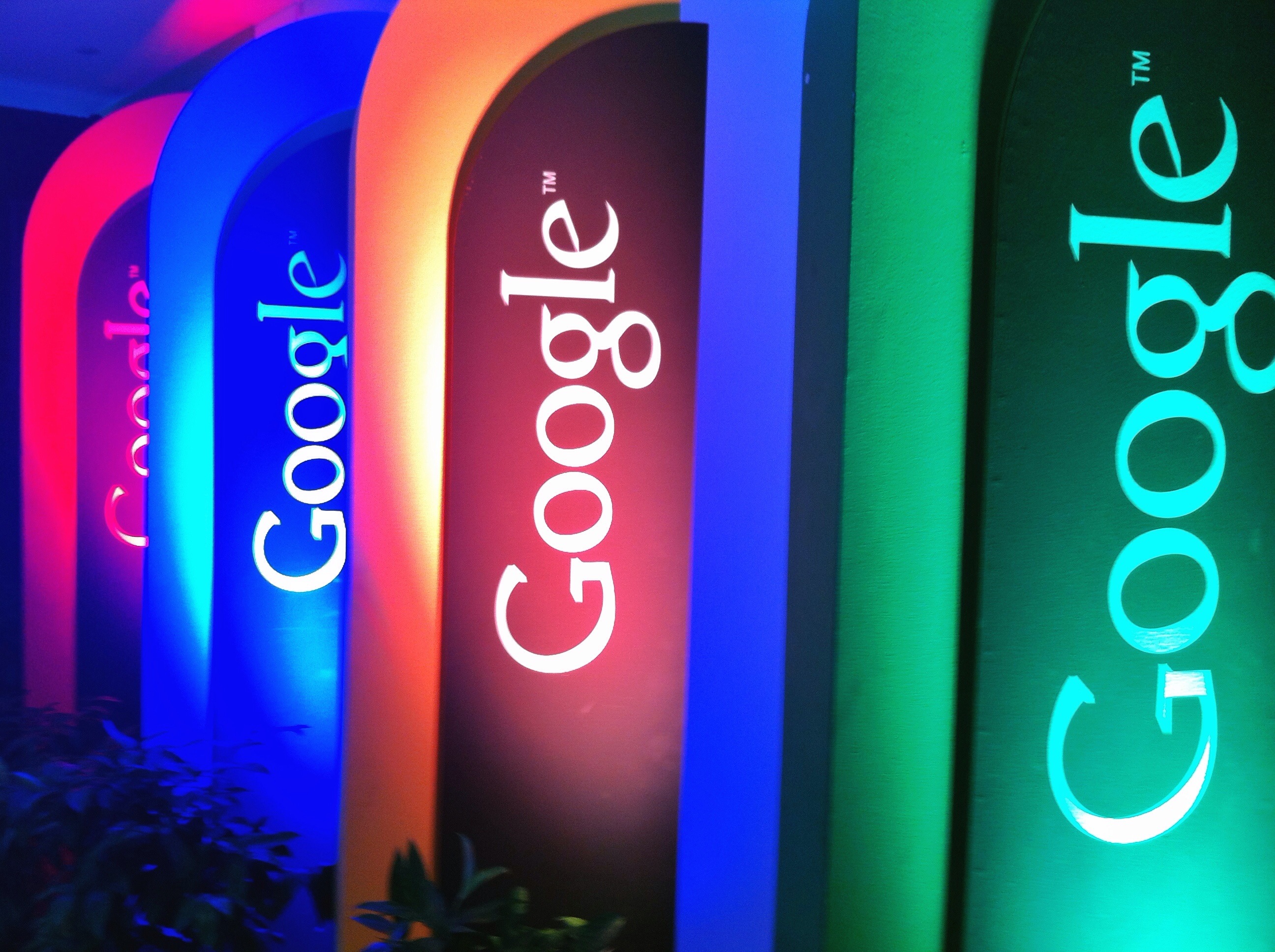
Today the European Union gave Apple a great gift to celebrate iPhone’s 10th anniversary (on June 29th): The ridiculous, record $2.7 billion fine, and associated sanctions, against Google that once again demonstrates the EU’s small-minded oversight that wrongly regulates evolving technologies in a big world. The adverse antitrust ruling finds that the online titan favored its own online shopping services (and paying customers) over rivals.
In February 2010, with the EU Competition Commission’s preliminary investigation starting, I rightly called “Google a dangerous monopoly“. Seven years later, the competitive landscape has dramatically changed, and rapidly evolves. The Commission’s action is too much, too late, and in the short-term can only benefit rivals like Apple that will dominate online activities and commerce as what we knew as traditional web search becomes something else.

Next week, iPhone is 10 years old; sales started on June 29, 2007. Please see my post about that day—”The iPhone Moment“—and another on the tenth anniversary of the device’s unveiling, “The iPhone Metaphor“, from January of this year. Strangely, I celebrate by abandonment. Twelve days ago, my family switched to Verizon from T-Mobile, and in process I gave up iPhone 7 Plus.
Appropriately perhaps, as I write this sentence, Talk Talk’s “Living in Another World” streams from Tidal. Yeah, that’s me, with respect to iPhone 7 Minus—what I started calling the thing after learning that Apple makes two models, one of which in part is incompatible with Verizon and other CDMA carriers. You want model A1661 and not A1784. Rather than get another Minus, I chose to try something else: Google Pixel XL, which overall user experience is as good and in many respects so much superior.
To celebrate the launch of Apple’s new 10.5-inch iPad Pro, I ordered Pixel C, which arrived three days ago. Worst case, the tablet can be returned for refund during the buyer’s remorse period; there ain’t any regrets so far—just the opposite. To my pleasant surprise, the tab is much more enjoyable than I remember, because Nougat is so pretty, efficient, and buttery smooth than was Marshmallow on the device. The screen scorches any available iPad, Pro or otherwise, and the performance is shockingly nimble. My Pixel C shipped with Android 7.1.1 and quickly updated to 7.1.2. I will soon install Android O; Google released Developer Preview 3 yesterday.
There’s a certain insanity to the purchase. I reviewed Google’s Android slate 15 months ago; that makes the thang ancient as measured in computing years. But Big G still sells the tab, and there must be a reason, right? I got another because a college student took possession of my first Pixel C in early 2016. With keyboard cover, the tablet makes a helluva handy carry-along on campus.
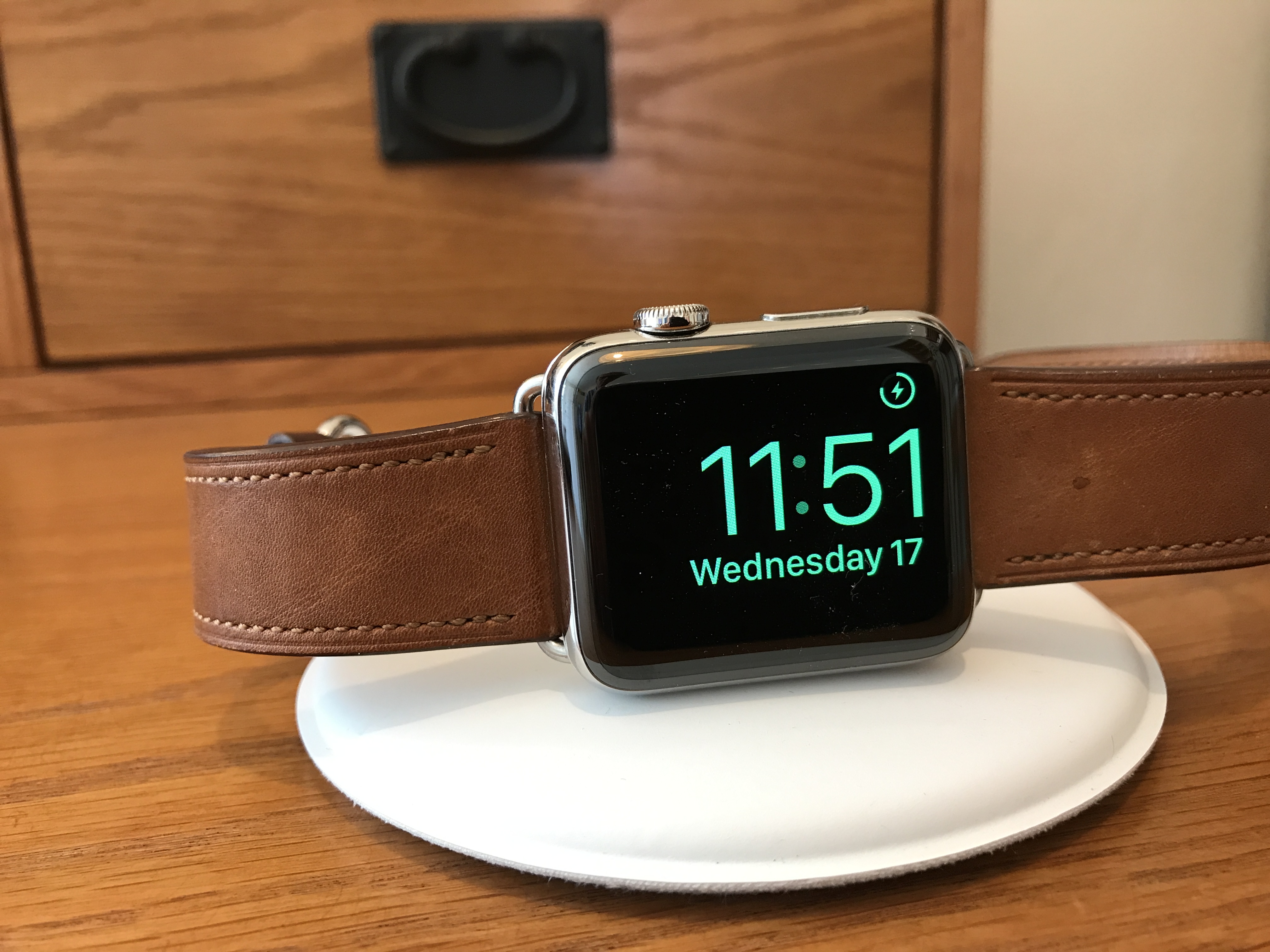
I suffer from phantom smartwatch syndrome—an ailment that hopefully will disappear over time. Nearly four weeks ago, I put aside Apple Watch 2 stainless steel and replaced it with the simple but appealing ManchesterWatchWorks Iconik 3. Problem: Almost any shifting movement of the timepiece causes me to reflexively flip my wrist and look down; there is false perception of hepatic sensation. Apple has trained me well, and I’m tired of being its dog doing tricks. Woof. Woof. Growl.
I feel free! Gone are the nagging alerts—and I had them barreled down to a minimum of approved services: Some for breaking news; emails from a half-dozen people; and text messages. Among this still seeming torrent, the Activity app annoyed with congratulatory badges and prompts that one of the four main exercise goals (Calories, Exercise Time, Stands, and Steps)—Apple’s athletic lifestyle version of the four food groups—would soon be achieved. The badges are about as infantile as gold stars that teachers give kindergarteners and with similar purpose: To make the recipient feel good, whether or not deserved. The achievement badge for Earth Day flipped my goat. Seriously? I ordered the Iconik 3 that evening.
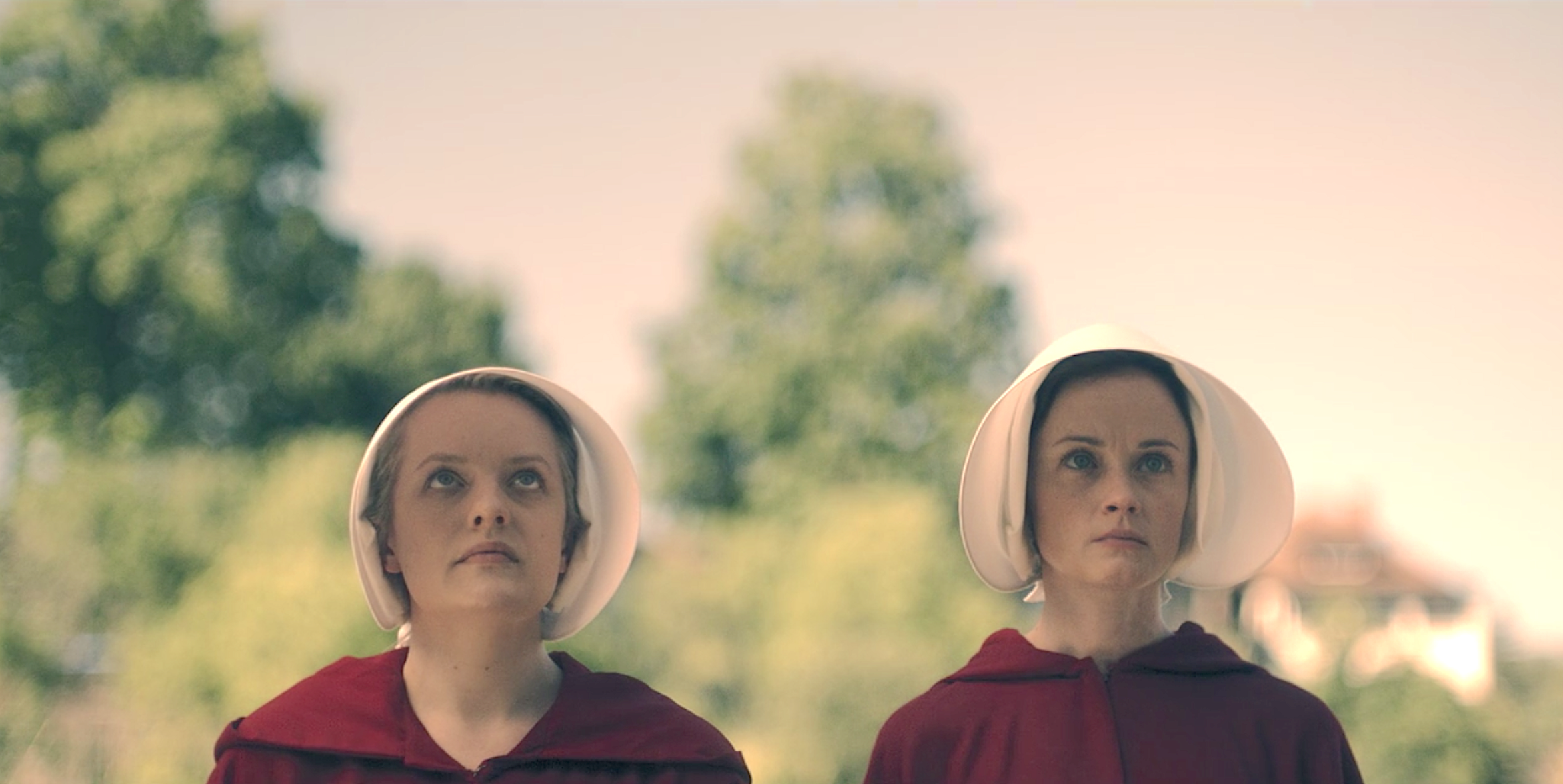
Before my wife started watching the new series streaming from Hulu, I warned her: “I can’t imagine how I would feel if a woman”. I had already finished first hour “Offred” from the production based on 1985 tome The Handmaid’s Tale by Margaret Atwood. Three episodes are online now—and their tone and timeliness are visceral and all too familiar, like was the Battlestar Galactica miniseries that followed the 9-11 terrorist attacks by two years. There is something that is too real, too possible—and, unlike the so-called Trump “Resistance”, I don’t refer to the current government in Washington, D.C. No imminent right-wing coup is on the horizon, as so many Liberals want to believe. That’s as fictional as The Handmaid’s Tale.
What’s disturbing is another kind of currency, which is largely lost in the torrent of “it could happen here” commentary: The plight of women portrayed in the series isn’t far removed from what many of them experience elsewhere in 2017. Not in some alternate-reality United States, but across swaths of Africa, Asia, and the Middle East—if not both American continents and Europe. Severity may vary by degrees, but where on this planet isn’t there, at the least, some vestige of the subservient, objectified woman? Liberals, who as a class supposedly champion for the human rights of all people, shouldn’t ignore what is while obsessing about what might be for fear it could happen to them.